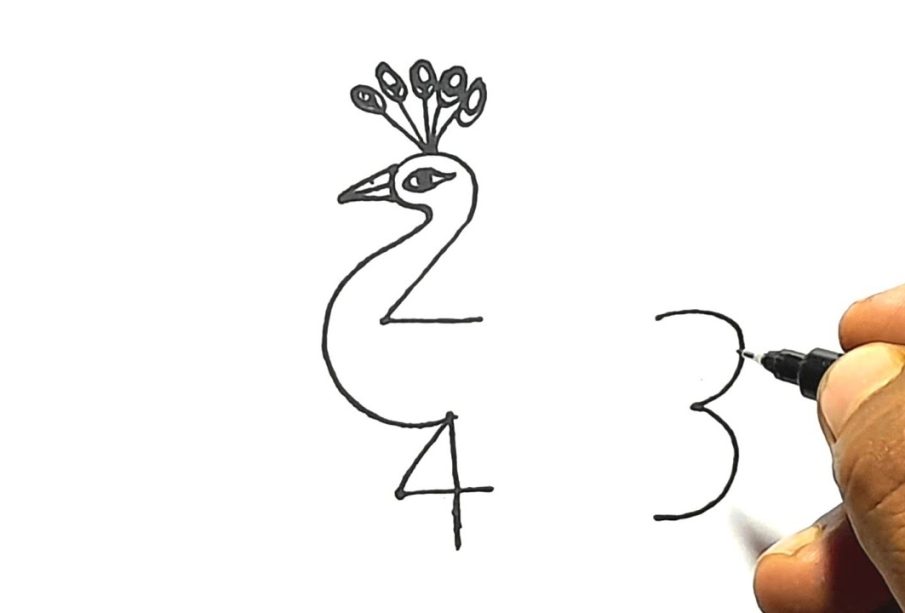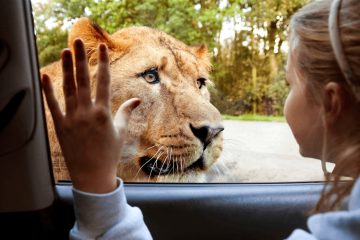Exploring the Enchanting World of Peacocks

Introduction
Peacocks have long captured the fascination of humans through their stunning plumage and captivating displays. These vibrant birds, native to South Asia, have not only served as symbols of beauty and elegance but have also held significant cultural importance throughout history. Understanding peacocks enriches our appreciation for wildlife and highlights the intricate connections between animals and their environments.
Interesting Facts about Peacocks
Peacocks are actually a term used for male peafowls, with their female counterparts known as peahens. One of the most remarkable features of the peacock is its iridescent tail feathers, or train, which can reach impressive lengths of up to six feet. The striking patterns and colours of the train are crucial for attracting mates during courtship displays. Their vibrant hues result from microscopic structures in the feathers that refract light, creating a visual spectacle.
Cultural Significance
Peacocks hold substantial significance in various cultures, symbolising beauty, pride, and refinement. In Hindu mythology, the peacock is associated with the goddess Saraswati, representing wisdom and artistry. In Western cultures, the peacock is often seen as a symbol of pride and vanity, a concept reflected in the phrase “picking peacock feathers.” Whether depicted in art, literature, or even fashion, the symbolism of peacocks resonates globally.
Habitat and Conservation
Home to tropical rainforests and open fields, peacocks are primarily found in India and Sri Lanka, though they have been introduced to other regions as well. Their habitats are increasingly threatened due to deforestation and urbanisation. Conservation efforts are vital to protect these majestic birds and their environments. Initiatives such as habitat restoration and awareness campaigns seeking to mitigate human impact are essential for ensuring the survival of peacock populations in the wild.
Conclusion
Peacocks are not only beautiful creatures but also serve as important symbols within various cultures. Their incredible adaptations and ecological roles underscore the importance of preserving natural habitats for their survival. With ongoing conservation efforts and increased awareness, future generations can continue to admire these magnificent birds in their natural environments.







